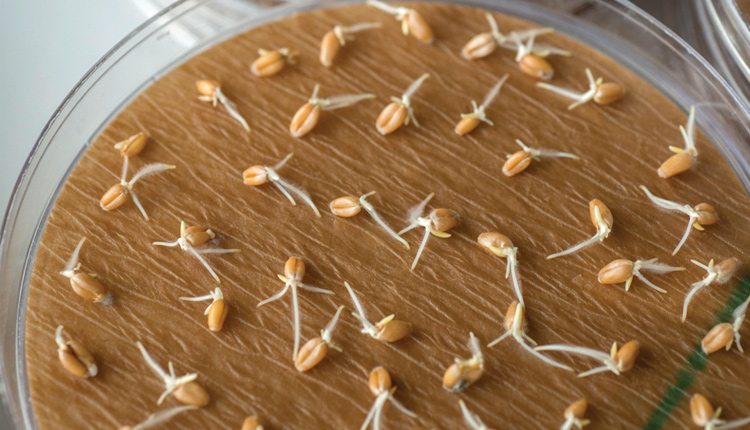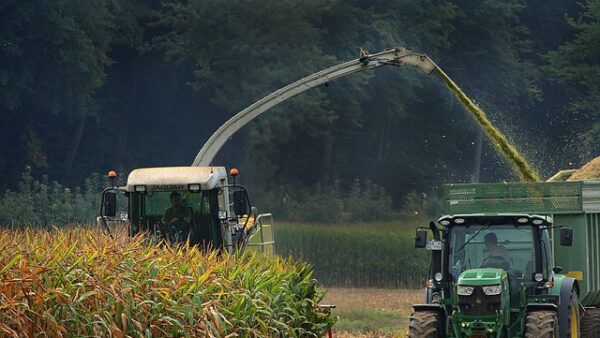The CSAAC Vigour Committee is taking its vigour studies to the next level. First a little background:_x000D_
_x000D_
There are validated vigour testing methods in the International Seed Testing Association Rules for testing seed. These include: conductivity test for pea, bean, chickpea and soybean; accelerated aging test in soybean; controlled deterioration test in Brassica spp. and radicle emergence test in corn and Brassica napus/oilseed rape and Argentine canola. The problem for Canada lies in that there are no validated vigour tests for cereal crops._x000D_
_x000D_
As Canada’s organization for seed analysts, CSAAC realizes we need to take this matter into our own hands. Not only do seed growers and seed sales companies want to see a method that is affordable and repeatable amongst laboratories, but it also needs to be done in a reasonable amount of time and rank seed lots with a better sensitivity than the germination test._x000D_
_x000D_
Last year, we conducted a study where different analysts in different labs across the country used their own vigour testing methods to test three lots of wheat with decent germination levels to see how they compared. The news was fairly promising. Just about everyone can agree when a seed lot is vigourous through a range of similar tests._x000D_
_x000D_
So what now? We are working toward a method that we can all use to meet the needs listed above. We want a test that can be used in all labs that have the capacity to be accredited for germination testing on cereal crops, and still give the sensitivity needed to rank lots in a way the germination testing sometimes misses._x000D_
_x000D_
We want to prevent those few lots with great germination and poor vigour from causing crop failures. We want our clients to know which lots will store best and which lots to watch, as there is reason to believe they might decline. This can be very important in a wet harvest year with pre-sprouting, which some areas experienced this year._x000D_
_x000D_
We have narrowed down our test for cereals to be the radicle emergence test. It has proven to be very good across different crop kinds. It just needs validation work in cereals. Specific temperature, timing and criterion for radicle emergence are crucial for an accurate result._x000D_
_x000D_
The Principle from the ISTA Rules: “A slower rate of germination is an early physiological expression of seed ageing, the major cause of reduced vigour. The rate of germination of all validated species is accurately reflected in a single count of radicle emergence early in germination and this single count relates closely to other expressions of the rate of germination. High counts of radicle emergence early in germination are indicative of high seed vigour; low counts indicate low seed vigour. The RE test provides a vigour test which relates to field emergence for the species listed.”_x000D_
_x000D_
A major hurdle for this test in cereals in our cold climate is dormancy. This has complicated our procedure as we have a need to break dormancy before reading radicle emergence. Rest assured we are working on this method and planning more multi-lab validation tests in 2016._x000D_
_x000D_
For more information about CSAAC and its activities, visit www.seedanalysts.ca.











